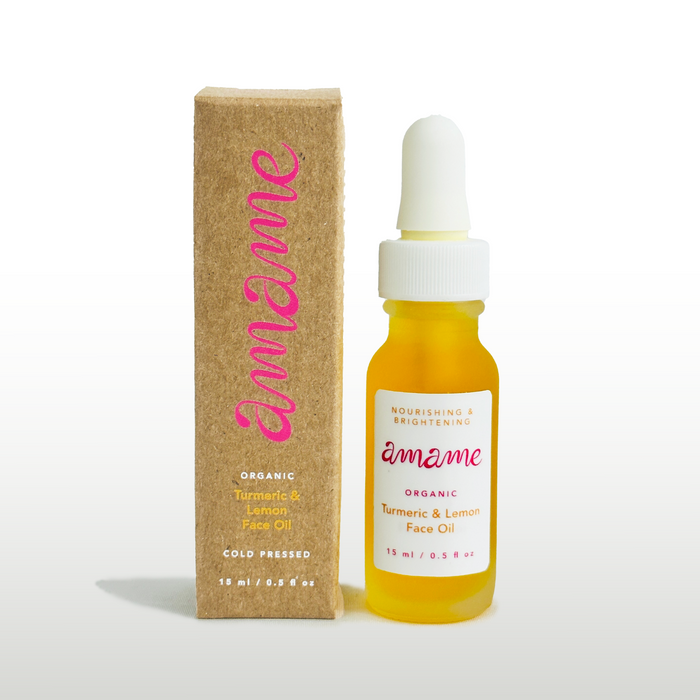

· By Sasha LoPresti
How to Decode Your Skincare Labels
Does reading a skincare label make you feel overwhelmed? You’re not alone. Some labels contain not only a plethora of information, but also a variety of different symbols that might as well be hieroglyphics! So today, we’re going to give you the key to unlocking cosmetic labeling. We’ll go over:
- Labeling Requirements -- what information is required to be on the label vs. what isn’t.
- Organic Labeling -- what is required for a company to put that prized “organic” word on a label.
- General Informative Symbols -- symbols that give you more info about the product and/or the product’s packaging.
- 3rd Party Symbols -- symbols that must be approved by the respective 3rd party and standards associated with that symbol
Labeling Requirements:
All beauty products, whether manufactured in the US or abroad, are regulated by the Food and Drug Administration (FDA). By means of the Federal Food, Drug, and Cosmetic Act, the FDA established guidelines for cosmetic labeling to protect consumers. So, let’s start with the basics. When you look at a label, what information must be included on there to comply with the FDA rules? The short list is as follows:
- Product Name - or statement that identifies what the product is.
- Net Contents - weight, measure, or numerical count.
- Ingredient Statement - listed in order from ingredients with the highest concentration, to those with the lowest. If the ingredient statement is not included on the immediate product label, then it must be included on the outer label, which is typically a retail box.
- Company Info - address and contact information of the company that is distributing the product.
- If the distributor is not the manufacturer then this must be identified with a “Manufactured for” statement.
Organic Labeling:
If any product is referred to on the label as “Organic” (like our Organic Turmeric & Lemon Brightening Face Serum), then that product must go through an official organic certification process. This means that the product must undergo a review by a USDA-approved Certification Body, which will determine if the product has 95%+ organic content and if the remaining 5% (or less) of ingredients meet certain criteria. If a product is certified organic, then the Certification Body that issues the organic certification must be identified on the product label, under the company address and contact info, and is also allowed to use the USDA Organic Logo.

If a product has 70%+ organic ingredients but less than 95%, that product can be identified as “made with organic ingredients” but cannot display the USDA Organic Logo. For more information on the ins and outs of organic skincare, check out our blog post on The Truth About Organic Skincare.
General Informative Symbols:
There are a series of symbols that you can find on a skincare label that offer useful information about your product.
Period After Opening Symbol:

This symbol indicates the amount of time in months that the product is good from the moment it has been opened. For example, a product with the above symbol will be good for 12 months from the moment it is opened.
E-Mark:

This symbol was created by the European Union (EU) and means that the volume on the label of the product is in fact the correct volume. It confirms that you are getting the amount of product you purchased.
Refer to Insert Symbol:

This symbol means that there is more information about the product contained in an insert inside of the product packaging.
Recycling Symbol:

This symbol indicates that the packaging it is on, is recyclable. If there is a percentage in the middle, that is the percentage of content of the package that is made from recycled materials.
3rd Party Symbols:
The symbols in this section indicate that the brand owner has undergone some sort of extra review, and they have been approved to license the rights to use the symbol by the company or organization that created the symbol’s standards.
USDA Organic:

This is a symbol regulated by the USDA National Organic Program. In order to add this symbol to a package, the brand owner must become organic certified.
NSF/ANSI 305 Personal Care Standard:

This symbol represents an organic certification created by the private organization NSF. To comply with this standard, brands must again undergo a certification process to prove that their products contain at least 70%+ organic content and meet other criteria. You can learn more about the NSF and its standards.
Leaping Bunny:

This symbol represents that the brand’s products have been certified by the Leaping Bunny as cruelty-free, meaning the products are not tested on animals. You can learn more about the Leaping Bunny Standard.
Beauty Without Bunnies:

These symbols, and the standards associated with them, were created by People for the Ethical Treatment of Animals (PETA). To be approved to license either of these logos, one must undergo a certification process by PETA. The logo on the left is for products that are certified cruelty-free, and the logo on the right means that in addition to being cruelty free, the product does not contain any products derived from animals, such as beeswax. Learn more about PETA's Standards.
Gluten-Free:

This symbol indicates that the product does not contain any gluten and is especially important for people who suffer from Celiac disease. You can learn more about gluten-free certification.



